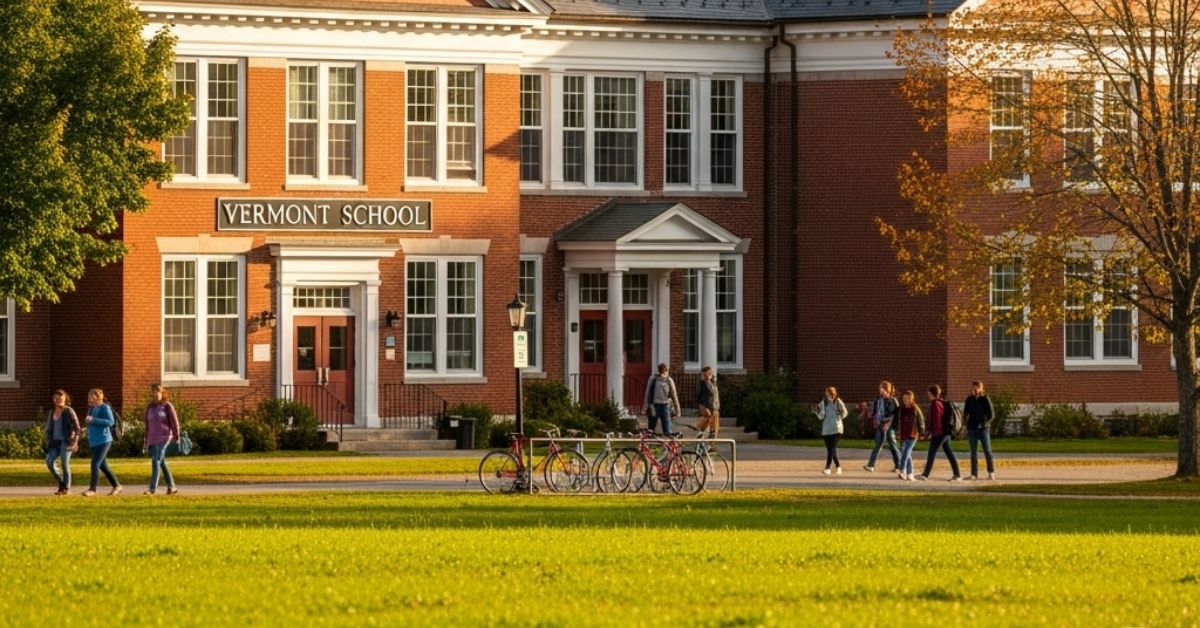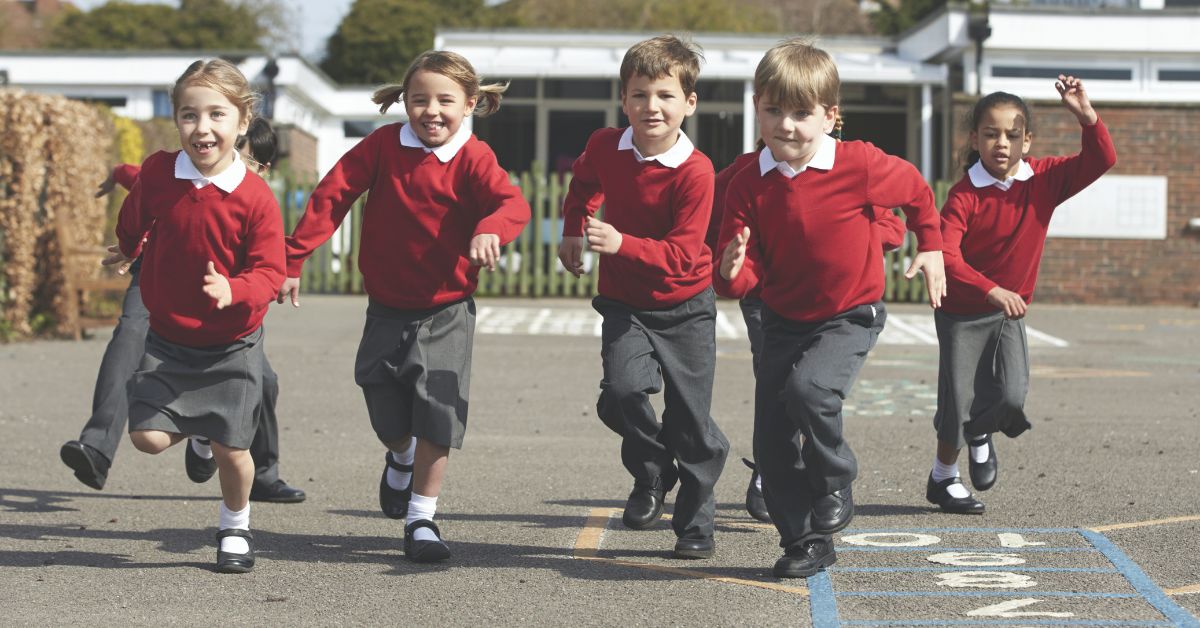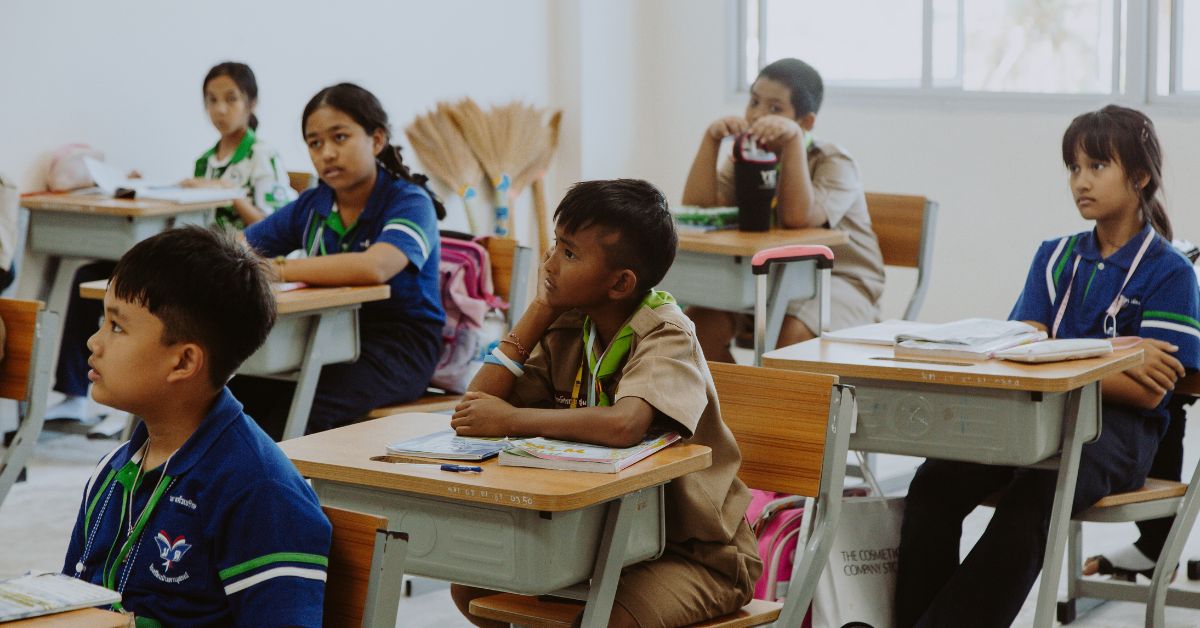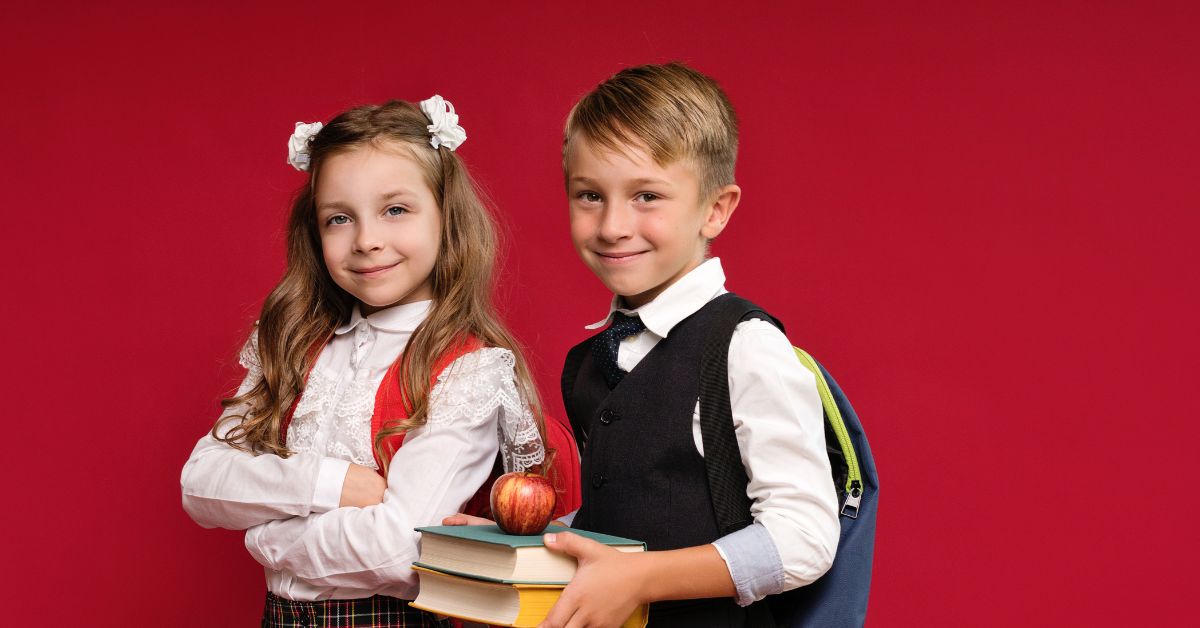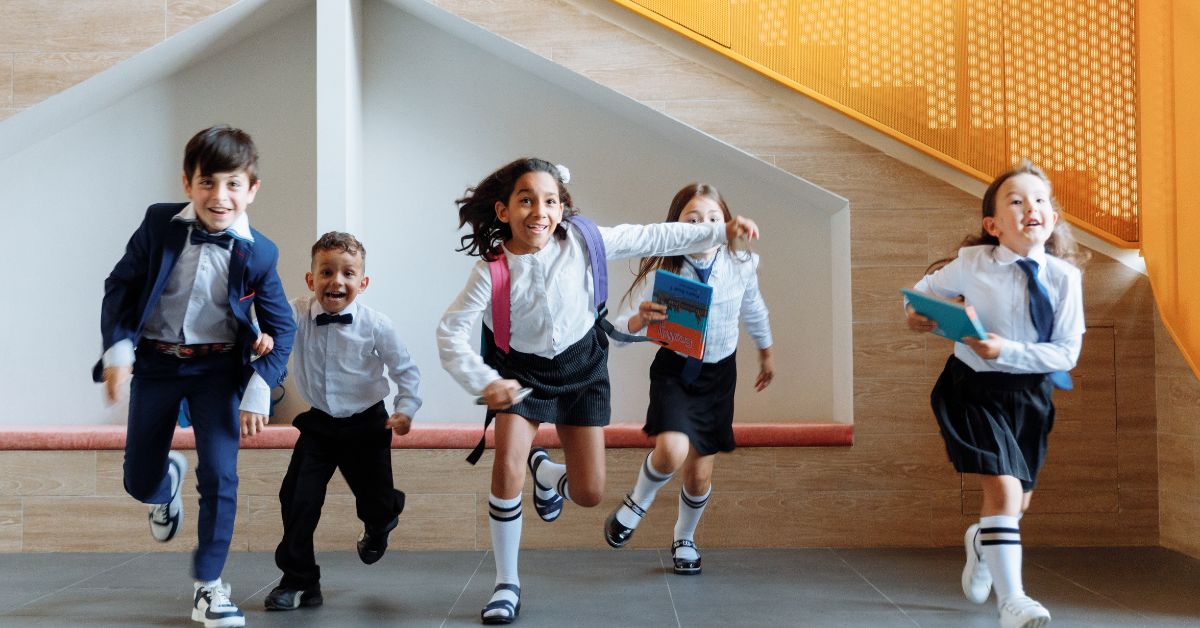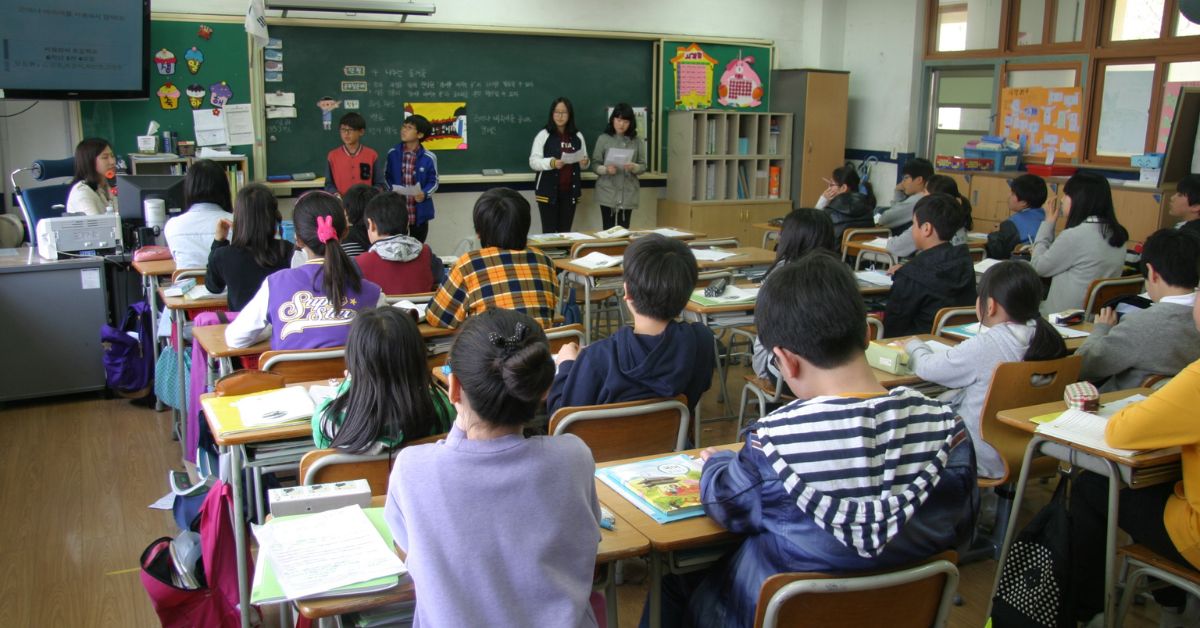Across Vermont, something powerful is happening in classrooms. It’s not about memorizing facts for a test or rushing through worksheets. It’s about real learning—learning that connects students to their communities, the environment, and to one another. And more importantly, it’s leading to real change.
Educators, students, and communities in Vermont are coming together to rethink what school can be. Instead of just focusing on grades and tests, they’re asking bigger questions:
What kind of world are we preparing students for? And how can education help create that world?
Let’s take a look at some of the stories that show how Vermont schools are creating meaningful learning experiences—and making a real impact.
Learning That Starts With Curiosity
At a small elementary school in rural Vermont, a group of fourth graders started noticing that trash from their lunchroom was ending up in the nearby stream. Instead of ignoring it, their teacher encouraged them to investigate.
What started as a simple question—“Why is there trash in our stream?”—became a class-wide research project. Students:
- Interviewed school staff and janitors
- Studied local water pollution
- Created posters to raise awareness
- Proposed new recycling and composting systems
By the end of the semester, they had reduced waste in their cafeteria by 40%.
That’s real learning. And it led to real environmental change.
Putting Students in the Driver’s Seat
In Vermont, more schools are giving students a voice in what and how they learn. This shift is called student-centered learning, and it’s turning classrooms into launchpads for leadership.
At one high school, students helped redesign their own civics course. Instead of reading about democracy in a textbook, they hosted public debates, met with local leaders, and launched a “youth town hall” series for their town.
One senior said, “This class helped me understand how change works—and that I have the power to be part of it.”
By giving students ownership, Vermont educators are helping them build confidence, skills, and purpose.
Connecting Learning to Place
Vermont’s beautiful landscapes—its mountains, forests, farms, and rivers—are becoming classrooms. Through place-based education, students connect what they’re learning to the world around them.
For example:
- In southern Vermont, students studied maple syrup production as part of science, economics, and history lessons—then made and sold their own syrup.
- In the Northeast Kingdom, middle schoolers worked with wildlife biologists to track moose and monitor forest health.
- One group even mapped the history of their town’s Abenaki roots and created a digital museum exhibit to share it with the community.
These kinds of projects not only deepen learning—they help students feel connected to their home, history, and future.
Small Schools, Big Impact
You might think small schools have fewer resources—but in Vermont, they often have more flexibility and heart. Small class sizes and close-knit communities allow teachers and students to build real relationships, which opens the door for personalized learning.
At a small K-8 school, teachers work across grade levels to create multi-age projects. Older students mentor younger ones. Younger students look up to their role models. And everyone feels like they’re part of something bigger than just a class schedule.
As one teacher put it, “We’re not just teaching academics. We’re teaching kindness, leadership, and responsibility.”
In Vermont, small schools are proving that connection is the foundation of real learning.
Justice and Climate: Lessons That Matter
Today’s students aren’t just interested in the past—they care deeply about the future. That’s why many Vermont schools are bringing in topics like climate change, racial justice, and community resilience.
In one high school, students launched a climate justice campaign after learning about how global warming affects low-income and Indigenous communities. They held events, organized petitions, and even helped their school transition to solar energy.
In another, students explored equity by studying housing issues, then partnered with local leaders to host a public forum on affordable living in their town.
These aren’t just class projects—they’re real-life problem-solving. And students are learning that they have the power to shape a more just and sustainable world
The Role of Educators: Guides, Not Just Teachers
This shift in learning is only possible because Vermont educators are willing to rethink their roles. Instead of being the “expert at the front,” they’re becoming co-learners and guides—asking questions alongside their students, exploring big ideas, and supporting curiosity.
Teachers are designing flexible learning experiences that adapt to each student’s needs. They’re helping students connect with local organizations, apply their knowledge in the real world, and reflect on who they are becoming.
The result? More engaged students—and more meaningful learning.
Schools That Inspire Change
Vermont is showing what’s possible when we trust students, connect learning to life, and value curiosity over compliance. These schools aren’t just preparing kids to pass tests—they’re preparing them to build better futures.
Whether it’s through environmental action, local history, social justice, or hands-on science, Vermont students are discovering what it means to learn—and to lead.
Real learning leads to real change.
And Vermont schools are lighting the way.

